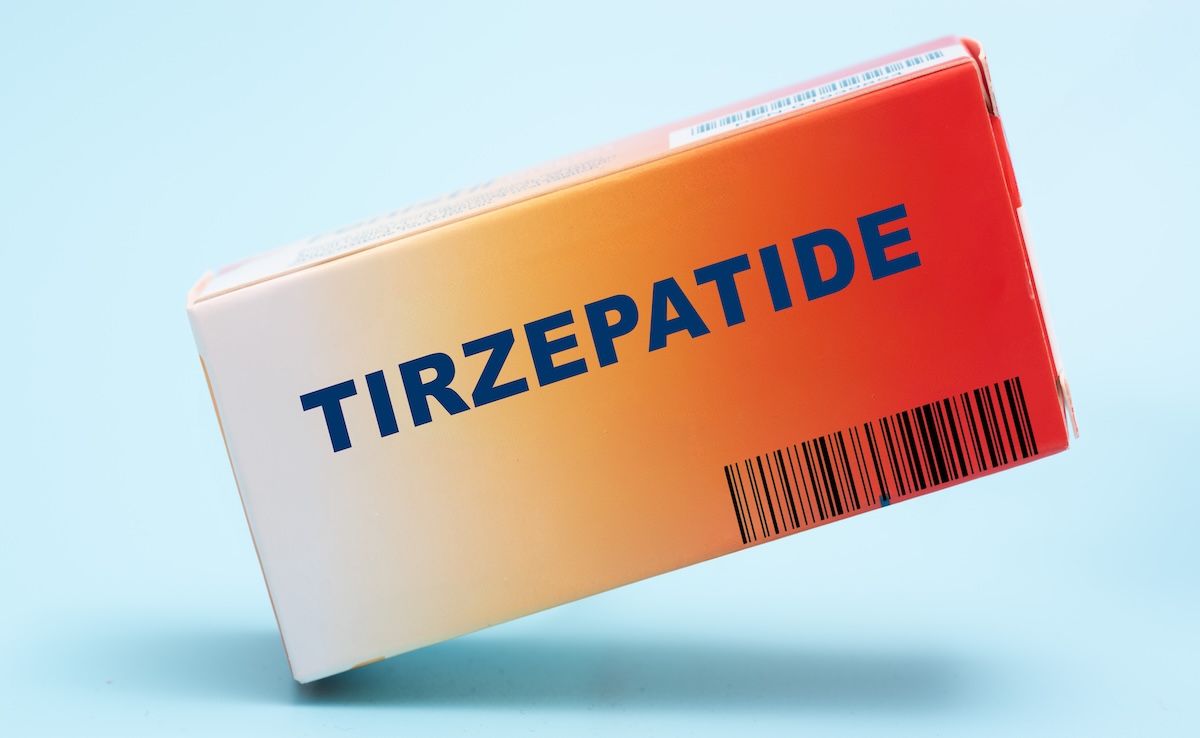News
Article
Race Not Independently Associated With Biologic Access for Psoriasis in the United States
Author(s):
No significant differences regarding racial backgrounds were found when measuring access to biologics among adult patients with psoriasis living in the United States, according to one study.
Despite conflicting research on the role that race and ethnicity may play in the access to biologics for patients with psoriasis, a recent study suggests these 2 factors are not independently associated with access to biologics among adult patients with psoriasis in the United States.
“This population-based study aims to evaluate the impact of race on access to biologics among adult and pediatric psoriasis patients in the United States,” wrote the researchers. “We hypothesized that our analysis would demonstrate racial differences in biologics access similar to previous studies.”
The cross-sectional study is published in Journal of Drugs in Dermatology.
Although increased implementation of biologics has resulted in higher patient satisfaction and compliance rates overall, studies have suggested that Black patients may have less access to biologics and are less likely to use them compared with White patients.
The study obtained patient information from the Medical Expenditure Panel Survey (MEPS) national database from 2003 to 2018, including adults and children, with a mean (SD) age of 49.36 years and a reported diagnosis of psoriasis. Patients were classified according to MEPS categorization, including White, Black, Asian or Pacific Islander, Alaska Native or American Indian, or multiple races. Access to biologics were examined using the household-reported receipt of a prescription biologic for psoriasis.
Additionally, multivariate logistic regression was used to identify the possible association between race and access to biologics, while adjusting for age, sex, ethnicity, insurance status, education level, poverty level, personal income, employment status, number of outpatients visits, region of care, and the Charlson Comorbidity Index.
A total of 31,525,500 adults and children with psoriasis were identified in the database, and 3,026,578 (9.6%) were prescribed biologics.
Of the total patients:
- 27,464,864 (87.1%) identified as White
- 2,033,802 (6.5%) identified as Black
- 1,173,435 (3.7%) identified as Asian or Pacific Islander
- 853,399 (2.7%) identified as other races
Among the patients prescribed biologics:
- 2,778,239 (91.8%) identified as White
- 84,971 (2.8%) identified as Black
- 89,452 (3%) identified as Asian or Pacific Islander
- 73,917 (2.4%) identified as other races
Furthermore, the analysis showed no significant differences in access between White individuals and nbon-White individuals after adjusting for sociodemographic factors, including insurance status for Black patients (odds ratio [OR], 0.347; 95% CI, 0.118-1.021; P = .055), Asian patients (OR, 0.616; 95% CI, 0.240-1.579; P = .311), andr other races (OR, 0.850; 95% CI, 0.216-3.336; P = .814).
Because the study shows no significant association between race and biologic access among patients with psoriasis in the United States, it contrasts the researchers’ a priori hypothesis, as well as previous studies that demonstrated certain races were less likely to receive biologics for treatment of their psoriasis.
The researchers suggest the difference in findings may be partially attributed to the patient populations surveyed. Furthermore, although the study showed no difference between access to biologics between White and non-White racial groups, it is known that racial minorities experience more severe psoriasis and a higher psychological burden. Additional barriers that may exist within psoriasis care among non-White patients include lack of cultural competency and low density of dermatology providers in areas were significant proportions of people of different minority groups live.
Therefore, the researchers believe additional studies need to be done to identify factors that may be independently associated with biologics access among adults and children with psoriasis.
“Biologics remain one of the most effective treatment options for psoriasis,” wrote the researchers of the study. “While access to biologics does not appear to be significantly different between White and non-White racial groups, racial minorities experience more severe psoriasis and psychological burden than their White counterparts.”
Reference
Reddy R, Khan S, Yee D, et al. No racial differences found in access to biologics: a population-based study of psoriasis patients in the United States. J Drugs Dermatol. 2023;22(8):835-837. doi:10.36849/JDD.7134





